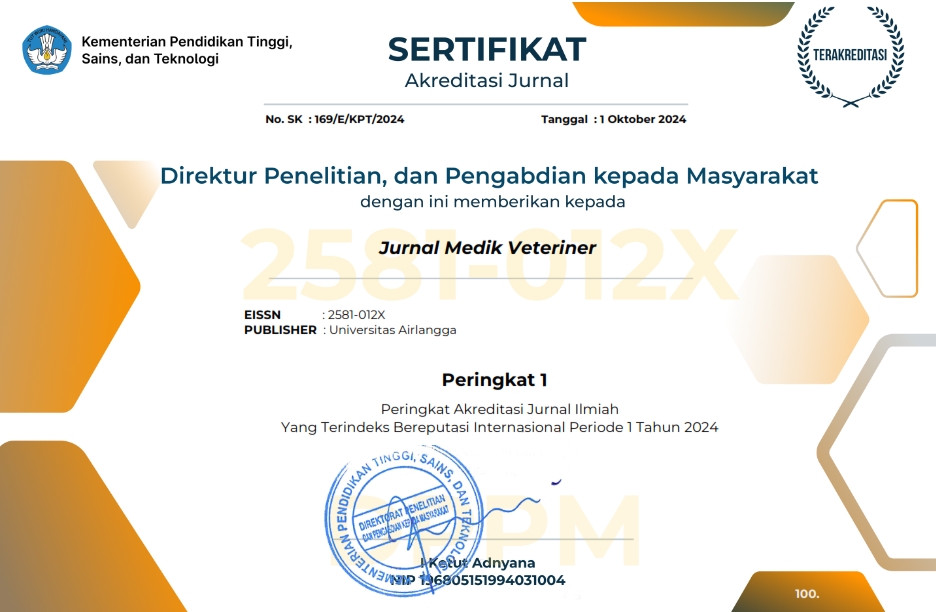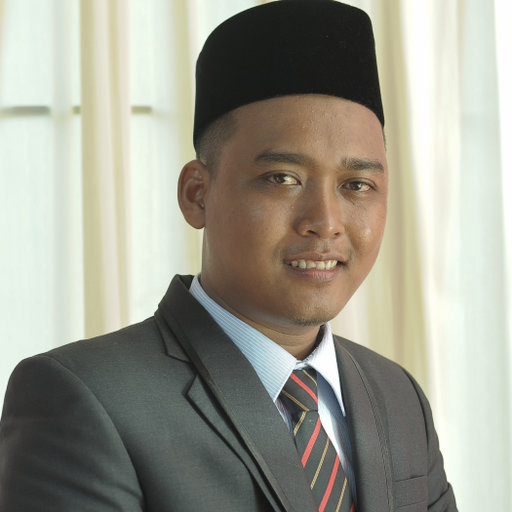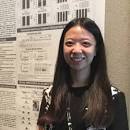Efficacy of Sauropus androgynous Leaves Extract Gel on Burn Wound Healing in Albino Rats

Downloads
Burns not only damage skin locally but generally affect the body system and have been related as the secondary cause of death. Burns can be effectively treated with a topical drug to prevent chronic inflammation. Burn wound healing is really important for ensuring overall health and well-being. This study aimed to determine the effect of Sauropus androgynous leaves extract gel on the number of fibroblasts, fibrocytes, and collagen density on burn wound healing in albino rats. A total of 50 male albino rats were randomly divided into five groups i.e. (C-) was normal skin, (C+) was skin burn treated with placebo, (T1) was skin burn treated with 2.5% of S. androgynous leaves extract gel, (T2) was skin burn treated with 5% of S. androgynous leaves extract gel, and (T3) was skin burn treated with 10% of S. androgynous leaves extract the gel. The amount of 25 albino rats' skin samples were collected on the 8th day, and the remaining samples were collected on the 15th day. The results showed that 10% of S. androgynous leaves extract gel improved faster, as indicated by the increased number of fibroblasts, fibrocytes, and collagen density. This study can be concluded that 10% of S. androgynous leaves extract gel was the effective dosage to increase the number of fibroblasts, fibrocytes, and collagen density in burn wound healing.
Abdeldjelil, M. C., Messai, A., Boudebza, A., & Beghoul, S. (2017). Practical aspects to generate cutaneous experimental burns in a rat model scholars. Der pharmacia letter, 9(1), 70–84.
Al-Anshori, A. A., Putri, A. N., Ismi, A. N., Suhud, M. K., Plumeriastuti, H., & Maslachah, L. (2023). Efficacy of Transdermal Delivery Nano Ethosomal Gel from Ashitaba Leaves on In-vivo Burn Wound Healing in Albino Rats. Jurnal Medik Veteriner, 6(2), 145–154.
Arnold, M., & Barbul, A. (2006). Nutrition and wound healing. Plastic and reconstructive surgery, 117(7 Suppl): 42S–58S.
Asokawati, F. D., Kristiarini, J. J., & Sari, F. (2021). The effectiveness of giving katuk Leaf extract on breast milk production and increasing baby weight in the independent practice of madiun district midwives. Journal of Health, 8(2), 114–120.
Bhaskar, A., Ramesh, K. V., & Rajeshwari. (2009). Wound healing profile of sauropus androgynus in wistar rats. Journal of Natural Remedies, 9(2), 159–164.
Cahya, R. W., Yudaniayanti, I. S., Wibawati, P. A., Yunita, M. N., Triakoso, N., & Saputro, A. L. (2020). The Effect of Sukun Leaf (Artocarpus altilis) Extract on Collagen Density of Excision Wound Healing in Albino Rats (Rattus norvegicus). Jurnal Medik Veteriner, 3(1), 25–30.
Cai, E. Z., Ang, C. H., Raju, A., Tan, K. B., Hing, E. C., Loo, Y., Wong, Y. C., Lee, H., Lim, J., Moochhala, S. M., Hauser, C. A., & Lim, T. C. (2014). Creation of consistent burn wounds: a rat model. Archives of plastic surgery, 41(4), 317–324.
Fikri, F., & Purnama, M. T. E. (2020). Pharmacology and phytochemistry overview on Sauropus androgynous. Systematic Reviews in Pharmacy, 11(6), 124–128.
Gun'ko, V. M., Savina, I. N., & Mikhalovsky, S. V. (2017). Properties of water bound in hydrogels. Gels, 3(4), 37.
Ireton, J. E., Unger, J. G., & Rohrich, R. J. (2013). The role of wound healing and its everyday application in plastic surgery: a practical perspective and systematic review. Plastic and reconstructive surgery – global open, 1(1), e10–e19.
Johar, D., Roth, J. C., Bay, G. H., Walker, J. N., Kroczak, T. J., & Los, M. (2004). Inflammatory response, reactive oxygen species, programmed (necrotic-like and apoptotic) cell death and cancer. Roczniki akademii medycznej w bialymstoku, 49, 31–39.
Khoo, H. E., Azlan, A., & Ismail, A. (2015) Sauropus androgynus leaves for health benefits: hype and the science. Journal of Natural Products, 5(2), 115–123.
Lam, N. L., Smith, K. R., Gauthier, A., & Bates, M. N. (2012). Kerosene: a review of household uses and their hazards in low- and middle-income countries. Journal of toxicology and environmental health: part b, critical reviews, 15(6), 396–432.
Lesmana, M. A., Amri, I. A., Cahyanissa, A. R., Geoputri, K. M., Anisa, A. K., & Hardian, A. B. (2023). Efficacy of Oregano Extract Ointment on Fibroblast Cells and Epidermis in Albino Rats with Excisional Wound Model. Jurnal Medik Veteriner, 6(2), 262–270.
Li, J., Chen, J., & Kirsner, R. (2007). Pathophysiology of acute wound healing. Clinics in Dermatology, 25(1), 9–18.
Markiewicz-Gospodarek, A., KozioÅ‚, M., Tobiasz, M., Baj, J., Radzikowska-Büchner, E., & Przekora, A. (2022). Burn wound healing: clinical complications, medical care, treatment, and dressing types: the current state of knowledge for clinical practice. International Journal of Environmental Research and Public Health, 19, 1338.
Mathew-Steiner, S. S., Roy, S., & Sen, C. K. (2021). Collagen in wound healing. Bioengineering, 8(5), 63.
Nayeem, N., & Karvekar, M. D. (2011). Stability studies and evaluation of the semisolid dosage form of the rutin, quercitin, ellagic acid, gallic acid, and sitosterol isolated from the leaves of tectona grandis for wound healing activity. School library research, 3(1), 43–51.
Ogawa, R. (2017). Keloid and hypertrophic scars are the result of chronic inflammation in the reticular dermis. International Journal of Molecular Sciences, 18(3), 606.
Porumb, V., Trandabăț, A. F., Terinte, C., Căruntu, I. D., Porumb-Andrese, E., Dimofte, M. G., & Pieptu, D. (2017). Design and testing of an experimental steam-induced burn model in rats. Biomed Research International, 2017, 9878109.
Prastika, D. D., Setiawan, B., Saputro, A. L., Yudaniayanti, I. S., Wibawati, P. A., & Fikri, F. (2020). Effect of Shrimp Chitosan Topically on Collagen Density as Excision Wound Healing Parameter in Albino Rats. Jurnal Medik Veteriner, 3(1), 101–107.
Pullar, J. M., Carr, A. C., & Vissers, M. C. M. (2017). The roles of vitamin C in skin health. Nutrients, 9(8), 866.
Rani, C. A. M., Safira, A., Suryadiningrat, M., Fikri, F., Wardhana, D. K., & Purnama, M. T. E. (2022). Characterization of Tilapia collagen-loaded chitosan nanofibers synthesized by electrospinning method for wound dressing. In IOP Conference Series: Earth and Environmental Science, 1036(1), p: 012034.
Reilkoff, R. A., Bucala, R., & Herzog, E. L. (2011). Fibrocytes: emerging effector cells in chronic inflammation. Nature Reviews Immunology, 11(6), 427–435.
Rohl, J., Zaharia, A., Rudolph, M., & Murray, R. Z. (2015) The role of inflammation in cutaneous repair. Wound Practice and Research, 23(1), 8–15.
Santoso, U., Handayani, E., & Suharyanto. (2014). Effects of Sauropus androgynus (katuk) leaf extract on growth, fat accumulation and fecal microorganisms in broiler chickens. JITV, 6(4), 1–8.
Sucita, R. E., Hamid, I. S., Fikri, F., & Purnama, M. T. E. (2019). Secang Wood Ethanol Extract (Caesalpinia sappan L.) Topically Effective on Collagen Density During Wound Healing in Albino Rats. Jurnal Medik Veterine, 2(2), 119–126.
Tracy, L. E., Minasian, R. A., & Caterson, E. J. (2016). Extracellular matrix and dermal fibroblast function in the healing wound. Advances in wound care, 5(3), 119–136.
Verhaegen, P. D., Marle, J. V., Kuehne, A., Schouten, H. J., Gaffney, E. A., Maini, P. K., Middelkoop, E., & Zuijlen, P. P. (2012). Collagen bundle morphometry in skin and scar tissue: a novel distance mapping method provides superior measurements compared to Fourier analysis. Journal of Microscopy, 245(1), 82–89.
Weiss, E., Slater, M., & Lord, L. (2012). Frequency of lost dogs and cats in the United States and the methods used to locate them. Animals, 2(2), 301–315.
Witte, M. B., & Barbul, A. (2002). Role of nitric oxide in wound repair. American Journal of Surgery, 183(4), 406–412.
Xue, M., & Jackson, C. J. (2015). Extracellular matrix reorganization during wound healing and its impact on abnormal scarring. Advances in wound care, 4(3), 119–136.
Copyright (c) 2023 Rosenna Tiara Panggabean, Sri Agus Sudjarwo, Anwar Ma'ruf, Thomas Valentinus Widiyatno, Ira Sari Yudaniayanti, Rochmah Kurnijasanti, Aswin Rafif Khairullah

This work is licensed under a Creative Commons Attribution-NonCommercial-ShareAlike 4.0 International License.
Authors who publish in this journal agree to the following terms:
1. The journal allows the author to hold the copyright of the article without restrictions;
2. The journal allows the author(s) to retain publishing rights without restrictions;
3. The legal formal aspect of journal publication accessibility refers to Creative Commons Attribution-NonCommercial-ShareAlike 4.0 International License (CC BY-NC-SA).






11.jpg)




















